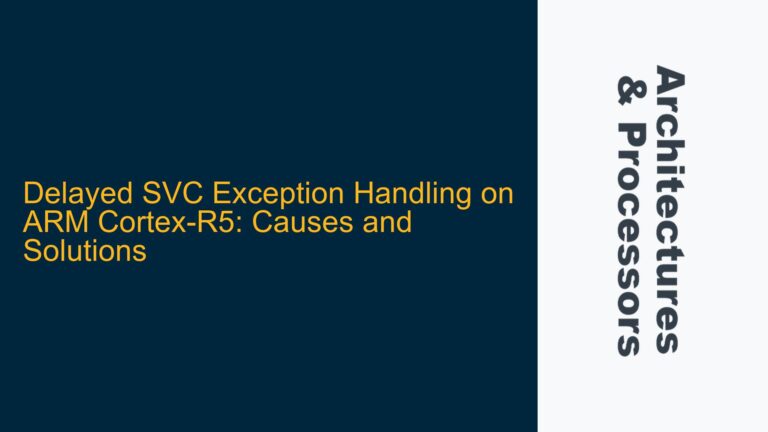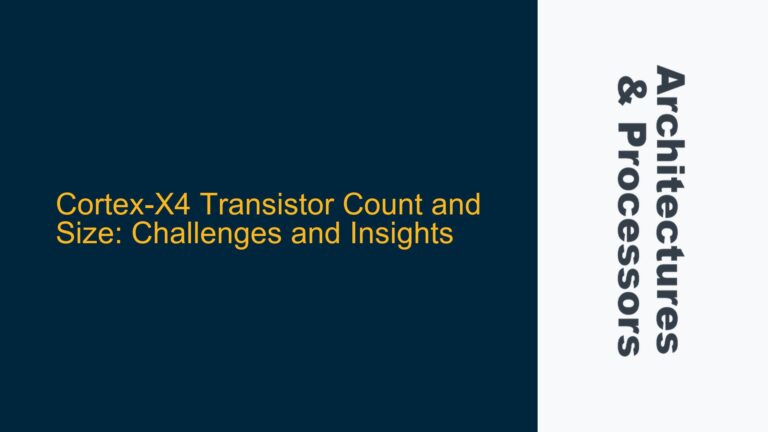AHB Slave HREADY Signal Role in Address and Data Phases
The HREADY signal in AHB (Advanced High-performance Bus) protocols plays a critical role in managing the timing and flow of data transfers between masters and slaves. In a multi-master system, understanding the behavior of HREADY during both the address and data phases is essential for ensuring correct operation and avoiding deadlocks or data corruption.
During the address phase, the HREADY signal indicates whether the slave is ready to accept the address and control signals. When HREADY is high, the slave samples the address (HADDR), transfer type (HTRANS), and other control signals. If HREADY is low, the address phase is extended, and the master must hold the address and control signals stable until HREADY goes high. This mechanism allows slaves to handle variable latency, such as when accessing slow memory or peripherals.
In the data phase, HREADY serves a similar purpose but focuses on the completion of the data transfer. The slave drives HREADYOUT to indicate whether it can complete the current data transfer. If HREADYOUT is low, the data phase is extended, and the master must wait until HREADYOUT goes high before proceeding with the next transfer. The HREADY signal to the master is derived from the HREADYOUT of the slave currently involved in the data phase.
In a multi-master system, the arbitration logic ensures that only one master has access to the bus at any given time. However, the HREADY signal must be carefully managed to avoid conflicts when multiple masters attempt to access different slaves simultaneously. For example, if Master 1 is completing a burst transfer with Slave 1 while Master 2 is attempting to access Slave 2, the HREADY signal must correctly reflect the status of both transactions to prevent data corruption or protocol violations.
Potential Causes of HREADY Signal Misbehavior in Multi-Master Systems
Misbehavior of the HREADY signal in multi-master AHB systems can arise from several sources, including improper arbitration, incorrect signal multiplexing, and timing violations. These issues can lead to deadlocks, data corruption, or protocol violations, making it crucial to identify and address them during design and verification.
One common cause of HREADY misbehavior is improper arbitration logic. In a multi-master system, the arbiter must ensure that only one master has access to the bus at any given time. If the arbiter fails to correctly prioritize masters or handle simultaneous requests, it can result in conflicting HREADY signals. For example, if Master 1 is granted access to Slave 1 while Master 2 is waiting for access to Slave 2, the arbiter must ensure that the HREADY signal for Master 1 remains high until its transfer is complete, while Master 2 is held in a wait state.
Another potential cause is incorrect signal multiplexing. In a multi-layer AHB system, the HREADY signal for each master is derived from the HREADYOUT of the slave currently involved in the data phase. If the multiplexing logic is not correctly implemented, it can result in incorrect HREADY signals being driven to the masters. For example, if the multiplexer incorrectly selects the HREADYOUT of Slave 2 instead of Slave 1, Master 1 may incorrectly interpret the status of its transfer, leading to protocol violations.
Timing violations can also cause HREADY signal misbehavior. The AHB protocol requires that the HREADY signal be stable for a specific number of clock cycles to ensure correct sampling of address and control signals. If the HREADY signal changes too quickly or too slowly, it can result in incorrect sampling and data corruption. For example, if the HREADY signal transitions from low to high too quickly, the slave may not have sufficient time to process the address and control signals, leading to incorrect data transfers.
Resolving HREADY Signal Issues in Multi-Master AHB Systems
To resolve HREADY signal issues in multi-master AHB systems, designers must carefully implement and verify the arbitration logic, signal multiplexing, and timing constraints. The following steps provide a comprehensive approach to addressing these issues:
-
Arbitration Logic Verification: Ensure that the arbiter correctly prioritizes masters and handles simultaneous requests. The arbiter should grant access to one master at a time and hold other masters in a wait state until their turn. This can be verified through simulation by creating test cases that simulate multiple masters attempting to access different slaves simultaneously. The simulation should confirm that the arbiter correctly prioritizes masters and that the HREADY signal is driven correctly for each master.
-
Signal Multiplexing Implementation: Implement and verify the multiplexing logic that drives the HREADY signal for each master. The multiplexer should correctly select the HREADYOUT signal of the slave currently involved in the data phase. This can be verified through simulation by creating test cases that simulate multiple masters accessing different slaves and confirming that the HREADY signal is correctly derived from the appropriate HREADYOUT signal.
-
Timing Constraints and Verification: Ensure that the HREADY signal meets the timing requirements of the AHB protocol. The HREADY signal must be stable for a specific number of clock cycles to ensure correct sampling of address and control signals. This can be verified through static timing analysis (STA) and simulation. STA should confirm that the HREADY signal meets the setup and hold times required by the protocol, while simulation should confirm that the signal remains stable for the required number of clock cycles.
-
Input Stage Implementation for Multi-Layer AHB Systems: In multi-layer AHB systems, the input stage must store the address and control signals when a master is held in a wait state. This ensures that the address phase can complete even if the data phase is extended. The input stage should be implemented and verified to ensure that it correctly stores and retrieves the address and control signals. This can be verified through simulation by creating test cases that simulate a master being held in a wait state and confirming that the input stage correctly stores and retrieves the signals.
-
Priority Configuration for Arbiters: Configure the arbiters to prioritize masters based on the design requirements. The priority can be fixed or dynamic, depending on the system’s needs. For example, a fixed priority scheme may prioritize Master 1 over Master 2, while a dynamic scheme may prioritize the master that has been waiting the longest. The priority configuration should be verified through simulation by creating test cases that simulate different priority scenarios and confirming that the arbiters correctly prioritize masters.
-
Comprehensive Simulation and Verification: Perform comprehensive simulation and verification to ensure that the HREADY signal behaves correctly in all scenarios. This includes simulating corner cases, such as simultaneous requests from multiple masters, extended data phases, and variable latency slaves. The simulation should confirm that the HREADY signal is correctly driven and that the system operates without deadlocks, data corruption, or protocol violations.
By following these steps, designers can ensure that the HREADY signal behaves correctly in multi-master AHB systems, preventing issues such as deadlocks, data corruption, and protocol violations. Proper implementation and verification of the arbitration logic, signal multiplexing, and timing constraints are essential for achieving reliable and efficient operation in complex AHB-based SoCs.






